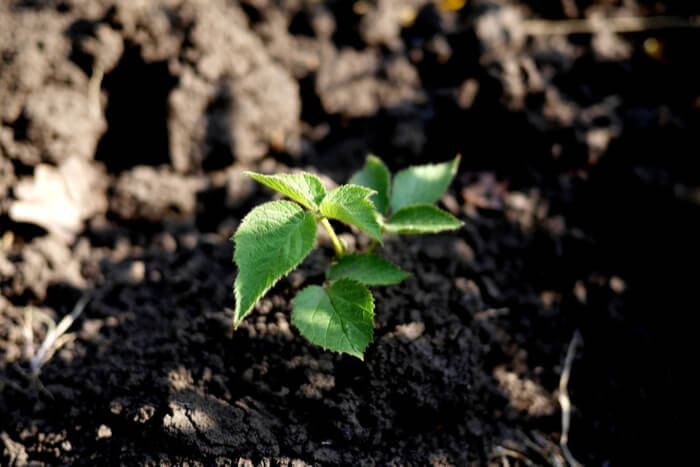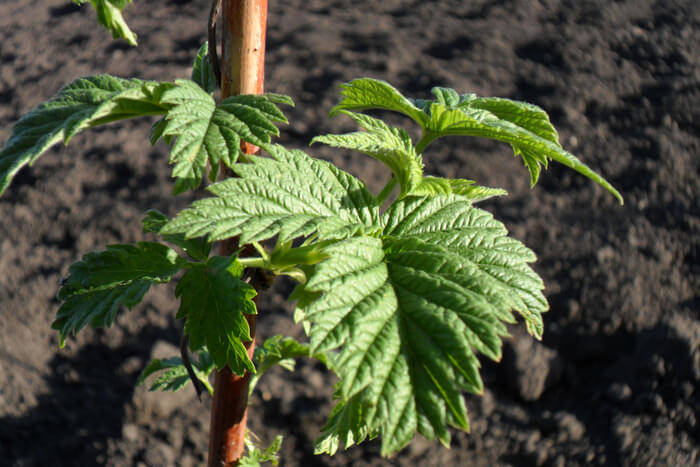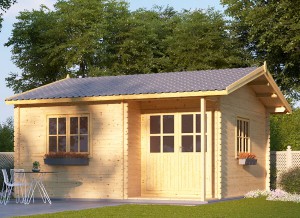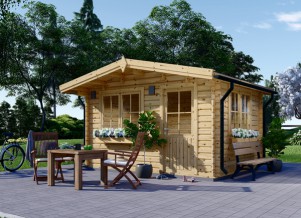Today we are going to teach you how to plant raspberries. These delectable edibles are delicious additions to your garden as well as your desserts! Even if you are new to gardening, you have nothing to fear. These little flowers love to grow outdoors and even try to take over! Yum!

Tips to Plant Raspberries
Choose a variety. It is not widely known that raspberries come in different colors. In fact, you can purchase these plants in tones of red, black, or yellow. Yellow being the most uncommon.
The best way to choose which kind you want is by the flavor. If you are looking for the sweetest berries, go for red and yellow. Red are the most hardy, and black are the most difficult to take care of. However, the black varieties have the richest taste.
There are actually 2 primary types of raspberries. The first is summer-bearing and the second is always-bearing. The latter provides harvest in the summer as well as the fall. For the best results, plant multiple for a continual harvest.
Here are a few of the most popular varieties of each:
Summer Only
- Black Hawk (juicy and black)
- Meeker (tremendously sweet)
- Brandywine (purple and black)
- Latham (dark red)
- Willamette (a bit tart and very firm)
Summer and Fall
- Heritage (big, firm, and flavorful)
- September (tart and medium sized)
- Amity (dark red and smell delicious)
- Fall Gold (yellow and sweet)

- What is your climate? This is an important question to ask, because raspberries actually grow the best in climates with seasons. However, if you are far north or south there are some options for you. You just need to find the right type.
- Choose your spot. Raspberries love to be in direct, full sunlight. This means a minimum of 6 hours a day. Just remember, some types will need much more. How much more? Between 8 and 10! The best choice is to give them as much sunlight as possible! This might require pruning trees or moving things around so you get the best berries!
- Avoid the wind at all costs. Even though these plants are quite hardy, wind is their primary enemy. The best way to combat this is to grow them along a fence or next to a building that can provide protection.
- Decide if your plants will need additional support. If you don’t have a full sun area that blocks wind, think about getting a V or T trellis. Then, string a few lines between them. This will give the fruit space to grow as well as the vines something strong to hold on to.
- Plan spacing ahead of time. Raspberries are planted in rows, and you want to keep red and yellow varieties about 2 feet away from each other. Black and purple-ish types should be 3 feet apart. If you plant multiple rows, make sure the distance between them is between 1 and 2 feet. These berries will grow!
- Check your soil. You want to have well-draining, disease free dirt. If it is sandy loam, even better! If not, you can always amend soil with compost and a mix formulated for raspberries. Do not plant anywhere that has had potatoes, peppers, eggplants, roses, or tomatoes. The dirt could be diseased.

- Know your pH. If you don’t, purchase a soil testing kit. The pH for raspberries should be between 5.6 and 6.2.
2 Ways to Plant Raspberries
From Seeds
- If you want to grow plants from seeds, sow them according to the package directions into a peat pot made of plastic. This should be done in the middle of the winter. The soil needs to be low in nutrients.
- Separate the seeds to 1 inch apart and gently push them an inch into the ground.
- Cover the seeds with a thin layer of sandy soil.
- Moisten the seeds periodically with a spray bottle. Keep them inside in a cool place that does not receive a lot of light. We recommend somewhere dim.
- If your seeds have grown to an inch and are growing leaves, you should put them outside. However, not before the temperature has reached 60 degrees. This is usually in early spring.
From Plants
This is the fastest route to growing delectable berries in your garden! Also, this method is the most likely to work.
- When you buy a plant, it should be at least 1 year old. Most nurseries and garden centers will not sell plants younger than that. We recommend buying from a local source, because you want the assurance your raspberries are from virus-indexed stock.

- Plant at the beginning of spring. Just like the seeds, the actual plants should be put in the ground after the last frost. If you have missed the spring planting season, don’t worry. You can continue to plant throughout the summer. If you have your plants down and you fear frost, add a tarp or layer of straw overnight and remove it in the morning.
- Remove the plant from the container, taking care to loosen the root ball. The best way to do this is by tapping the pots gently before removing the growth.
- Dig a hole just deep enough to cover the roots. You don’t want the lower level of leaves to be touching the ground. This is about 3 to 4 inches. Now, fill in the hole and add up to 3 inches of mulch.
One Final Word…
If you are really into planting berries, we do recommend you learn how to plant raspberries. They are one of the easiest to grow and easiest to take care of. Plus, your family and friends will love to come berry picking in the summer!

Wishing to find more about gardening and various wooden garden buildings - visit the website here.




